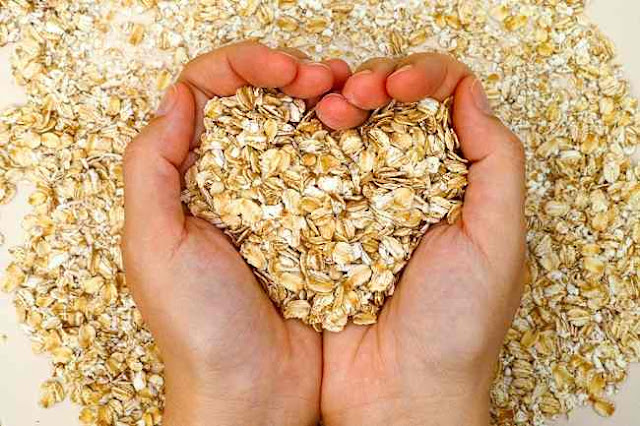What Is the Process of Digestion and Absorption of Food in the Body
Eating favorite foods is certainly a fun activity, but have you ever thought about how food consumed travels in the digestive process?
Food is a source of energy for the body. The nutritional content in it will provide energy and other substances needed by cells in the body. But before food must go through the process of digestion to become a fairly small part and can be absorbed by the body.
Breaking down Nutrition in Food
Foods that have become small parts will be digested by the body in the four main processes of digestion.Swallowing
The mouth is the beginning of the digestive tract. Immediately after the first bite of food, the digestion process begins. When the process of chewing food into smaller parts, the salivary glands will produce saliva to help refine food. In addition, saliva also contains enzymes that begin to digest carbohydrates to become smaller so they can be absorbed by the intestine.
The tongue will then push the delicate food behind the mouth to the esophagus or esophagus. Peristalsis from smooth muscles then carry food to the stomach.
Digestion in the stomach
The stomach, which looks like a bag, has strong muscular walls surrounding it. Besides storing food, the stomach also functions as a food destroyer and refiner. The stomach will produce acids and enzymes that will continue the process of digesting food. Out of the stomach, food will have a liquid texture or resemble a soft paste which then moves to the small intestine. In the stomach, the process of digesting proteins begins.
Digestion and absorption in the small intestine
If measured, the small intestine has a length of about 6 meters consisting of three parts, namely the duodenum (duodenum), the empty intestine (jejunum), and intestinal absorption (ileum). In it, food will be re-processed with digestive enzymes produced by the pancreas, small intestinal wall, and bile from the gallbladder. The three will work together to complete the digestion of food to become small units that can be absorbed into the intestinal blood vessels.
Digestive enzymes chemically break down complex food molecules into simpler, then bile liquids help the process of mechanical digestion which breaks down fat into smaller particles. When food passes through the duodenum, the digestion process is complete. The next process is absorption.
Food absorption generally occurs in the small intestine jejunum and ileum. There are a lot of folds, called intestinal bumps (villi). Villi have the function of expanding the absorption surface, so that food can be absorbed more efficiently.
During the absorption process, food molecules will enter the bloodstream through the intestinal wall. Microscopic or capillary blood vessels in the villi will absorb the results of digestion in the form of proteins and carbohydrates, while lymph vessels in the villi will absorb fat.
From there, the blood flow will carry digested food to the liver. Liver cells will then filter out harmful substances in the blood. The liver will also store fat-soluble vitamins and excessive nutrients, such as glucose for storage. This nutrient reserve will be released when the body needs extra energy, for example when someone runs a marathon.
Absorption of the large intestine
Most of what enters the large intestine is leftover food that cannot be digested or absorbed and water. The large intestine consists of six parts, starting from the cecum, ascending colon, transverse colon, descending colon, sigmoid colon, and ending with the rectum.
The main task of the large intestine is to absorb water and minerals from the rest of the food so that it makes it more solid and forms feces. Peristalsis will then push feces into the rectum until it is expelled through the anus.




Komentar
Posting Komentar